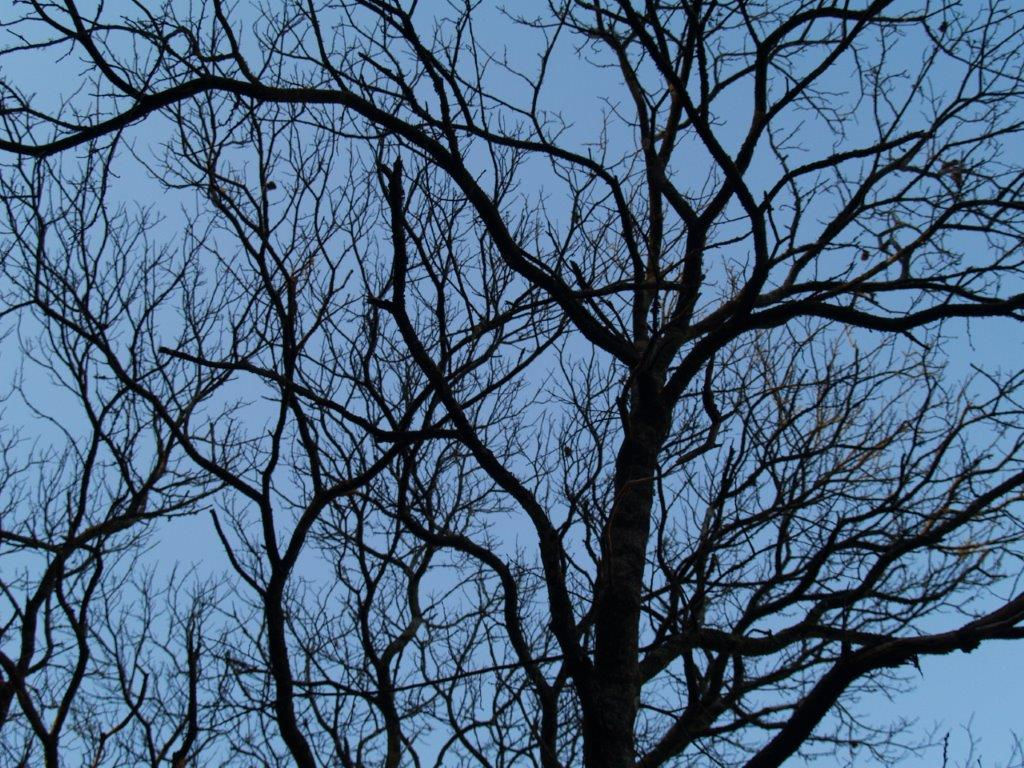
CHESTNUTS
Growing Chestnuts:
Sweet chestnuts, ‘castanea sativa’ prefer fertile well drained soil, a cold winter with frost or snow and good rainfall of at least 700mm per annum.
They thrive in Wandiligong. The cool wet winters, lush spring growth, warm dry summers & in excess of 1250mm of rain on average provide ideal growing conditions.
The nuts themselves grow in a spiky outer skin called a burr. There is no guess work involved in deciding when the chestnuts are ready to harvest as the burrs and nuts simply fall to the ground.


Harvest in the Grove:
Chestnut harvest is from mid-march to mid may. Autumn is a spectacular time in the Wandiligong Valley. The lush green of summer transforms into a vibrant patchwork of oranges, reds & yellows that change every day. The valley fills with the sights, sounds, smells; the hum of harvest.
In the orchard, the cooler mornings and evenings seem to rouse the birds and other wildlife from their summer siesta. Bright red toadstools magically appear everywhere in the grove. The leaves on the branches of some of the older chestnut trees, laden with their seasons toil, tickle the grass as they sway in the breeze.
Chestnut Varieties Available:
Chestnuts, like apples, come in many varieties or cultivars. There are so many variables that impact on the performance of different cultivars in different countries over varying seasons that it makes it difficult to generalise about which nuts are 'the best'. While climate, soil type and pollination effect nut production differently over seasons; post harvest care, storage time, cooking methods & nut size all have an impact on how the nuts perform in your kitchen. Taste is a quality that we all look for, but is very subjective. Easy peeling nuts that store well are easier to objectively identify. If that sounds confusing as a consumer of chestnuts, then spare a thought for growers who are faced with a whole set of additional criteria to evaluate! Simply, if you try a variety that you like, remember its name.
Sizing of Chestnuts:
Size refers to the diameter of the hole on the grader through which a chestnut will pass. Industry sizes are as follows:
Medium (25 - 29mm); Standard (29 - 32mm); Large 1 (32 - 35mm); Large 2 (35 - 38mm); Large 3 (38 - 41mm); Large 4 (>41mm)
Buying Fresh Chestnuts – What to look for:
Chestnuts in good condition should have a sheen like polished wood; not necessarily high gloss, but a sheen. Firmness, with no air cavity between the nut and husk (outer shell) indicates freshness. An air cavity between the shell and inner nut will be noticeable after a few weeks of storage. If the inner nut is firm, it will be at its best for consumption. Any nut that feels spongy when squeezed is likely to be rotten.
